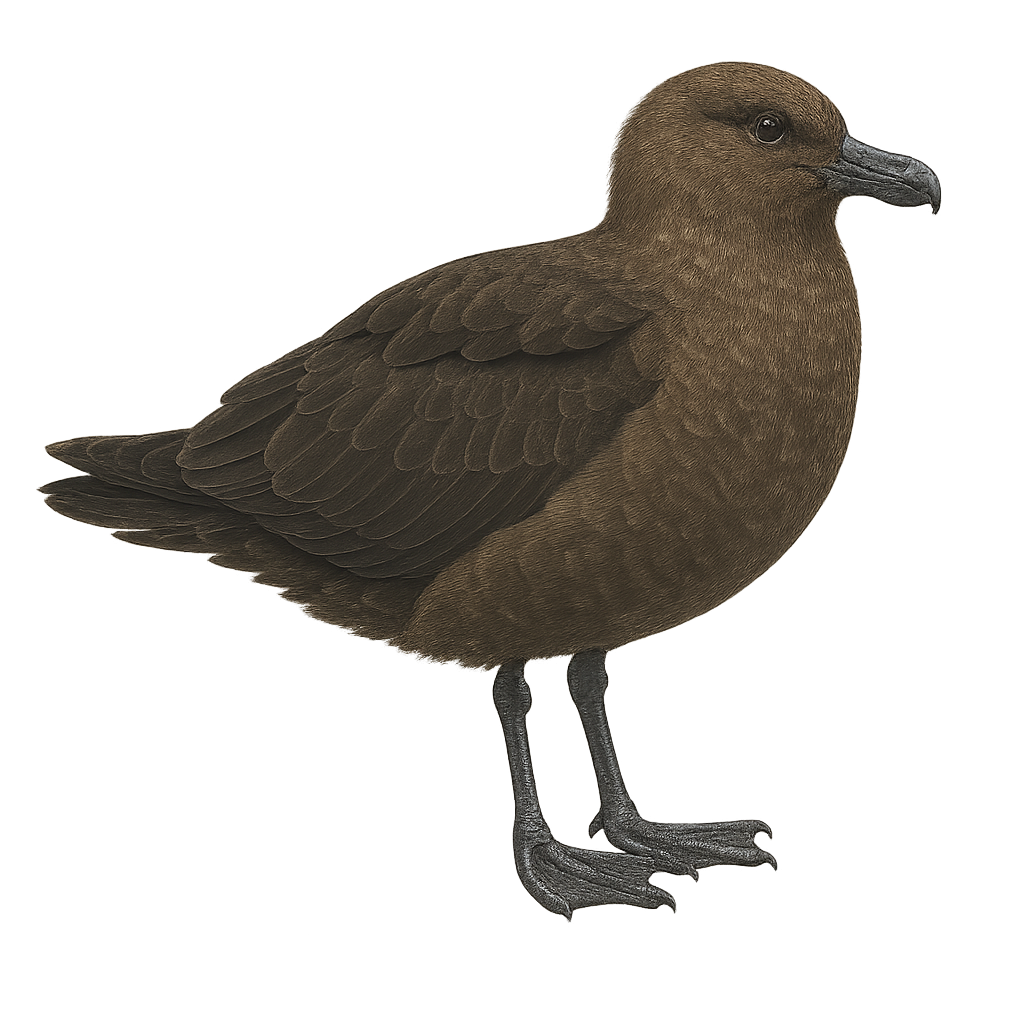Your wildlife photography guide.
Explore the south polar skua in detail, study its behavior, prepare your shots.
Where to observe and photograph the south polar skua in the wild
Learn where and when to spot the south polar skua in the wild, how to identify the species based on distinctive features, and what natural environments it inhabits. The WildlifePhotographer app offers tailored photography tips that reflect the south polar skua’s behavior, helping you capture better wildlife images. Explore the full species profile for key information including description, habitat, active periods, and approach techniques.
South Polar Skua
Scientific name: Stercorarius maccormicki

IUCN Status: Least Concern
Family: STERCORARIIDAE
Group: Birds
Sensitivity to human approach: Suspicious
Minimum approach distance: 10 m
Courtship display: November to December
Incubation: 25-27 jours
Hatchings: December to January
Habitat:
Coastal areas, open seas, subantarctic islands
Activity period :
Primarily active during the day, with peak activity in the morning and late afternoon.
Identification and description:
The South Polar Skua is a robust seabird, primarily recognized for its dark brown plumage and aggressive behavior. It breeds mainly in Antarctica and migrates to oceans worldwide during the austral winter. This bird is an opportunistic predator, feeding on fish, small birds, and carrion. It is also known for its kleptoparasitic behavior, stealing food from other seabirds. The South Polar Skua is well adapted to the extreme conditions of its breeding habitat, with a compact body and powerful wings that allow it to fly long distances. Its ability to survive in harsh environments makes it a fascinating subject of study for ornithologists.
Recommended lens:
400 mm – adjust based on distance, desired framing (portrait or habitat), and approach conditions.
Photography tips:
To photograph the South Polar Skua, it is advisable to use a telephoto lens of at least 400mm to capture detailed images without disturbing the bird. These birds can be suspicious, so maintaining a distance of at least 10 meters is recommended. Capture them in flight to showcase their impressive wingspan and hunting behavior. The best lighting is often found early in the morning or late in the afternoon when the sun is low, providing a beautiful golden light. Be patient and wait for the right moment to capture interesting interactions, such as stealing food from other birds.
The WildlifePhotographer App is coming soon!
Be the first to explore the best nature spots, track rutting seasons, log your observations, and observe more wildlife.
Already 1 432 wildlife lovers subscribed worldwide

